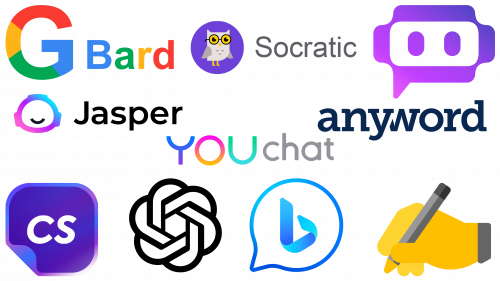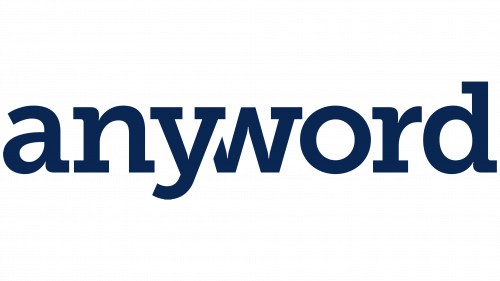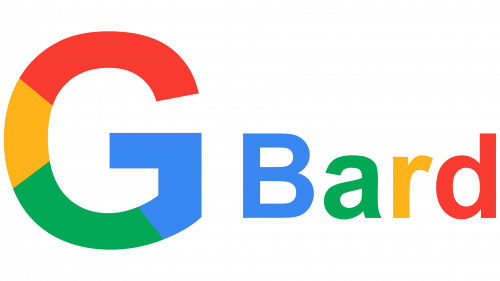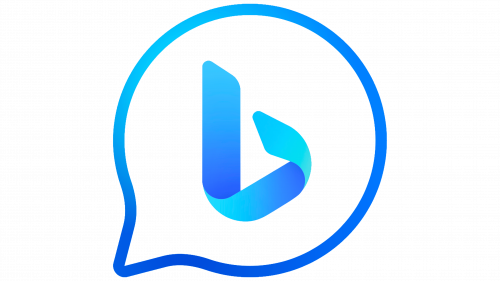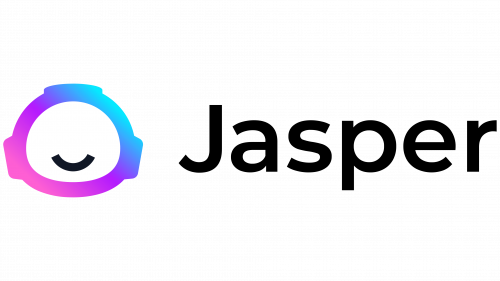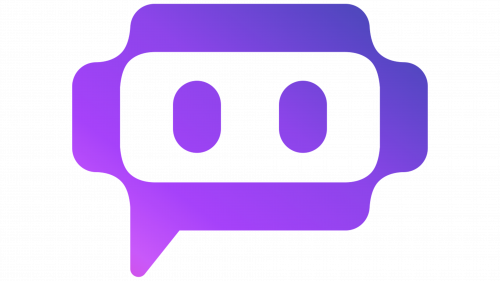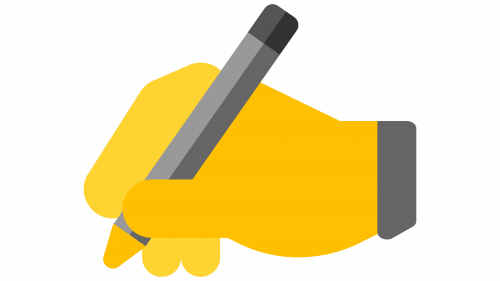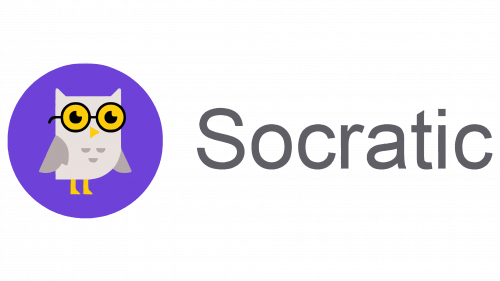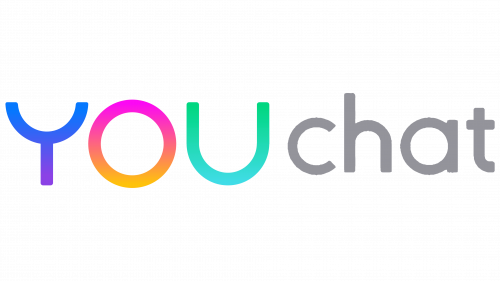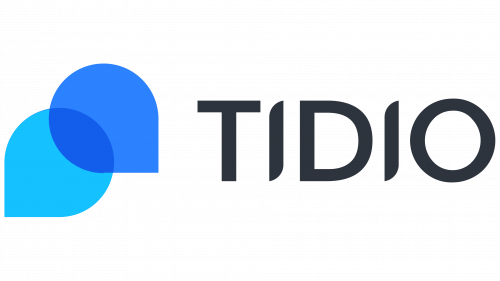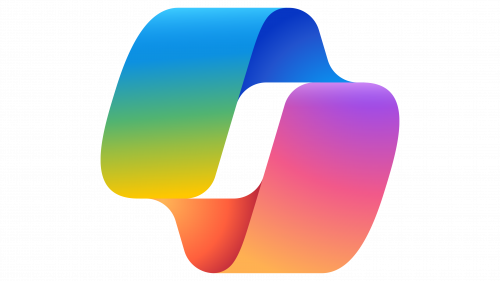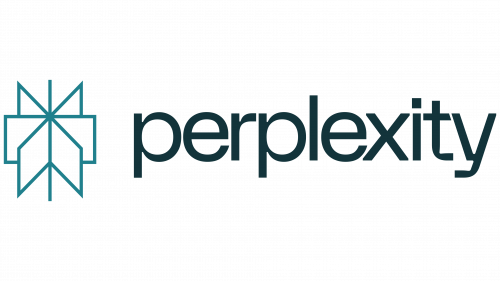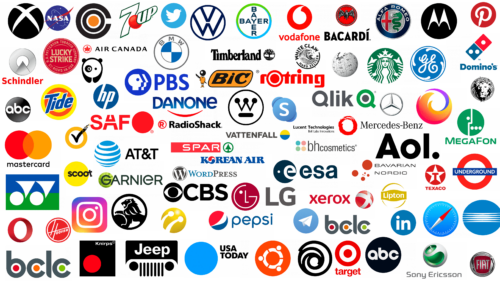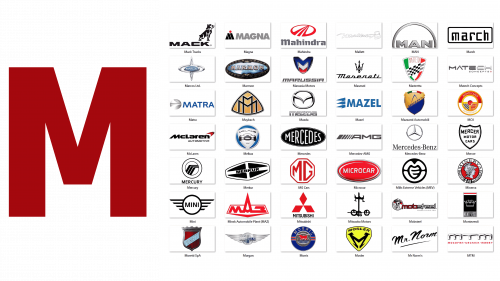The digital world is rapidly evolving, increasingly mirroring human capabilities. Artificial intelligence is a prominent topic today due to its swift advancement, allowing it to analyze, create, compose, write, and respond to inquiries.
These systems function as automated virtual assistants, interacting with consumers to understand their needs. They can communicate on behalf of businesses or brands, whether through speech or writing. This interaction saves employees time, streamlines online communication, and provides users with the most up-to-date information.
Examples of information provided by chatbots include:
- Product availability
- Number of items in stock
- Store hours
- New arrivals
- Flight details
- Delivery conditions
Modern chatbots are effective promotional tools, offering an alternative to conversations with human agents. Their integration into a wide range of messaging platforms makes them a popular choice for over half of all enterprises worldwide.
Today, these tools are part of everyday life and impact the scientific, medical, and economic sectors. Their rapid development allows them to converse in natural language with consumers on various topics in real-time.
These applications are based on a central database like other AI systems. Basic virtual assistants rely on a predetermined set of responses to frequently asked questions triggered by factors such as:
- Keywords and related queries
- Word and phrase alignment
- Contextual relevance
Simpler chatbots may struggle with distinguishing between synonyms and word forms. However, introducing AI into cyberspace has led to the development of more advanced algorithms that overcome these limitations.
More sophisticated chatbots use a different interaction model. They can learn independently, adapting to new terminology, phrase structures, and conversational styles. These virtual assistants can be categorized into two groups:
- Search-based: They use prior exchanges, reference earlier dialogue topics, and select responses from a predefined library.
- Generative systems: These generate responses by analyzing each word in user requests, demonstrating intelligence.
Many of these applications are now used across various fields. We explored the benefits and technological capabilities of the most popular chatbots and independently examined their logos. The list is presented in alphabetical order.
Anyword
Anyword is a chatbot related to text content. It is an AI-based texting assistant. Its main task is to promote companies, brands, and products. It has become the world’s first platform for language optimization, creating emails, social media posts, product lists, landing pages, ads, and SMS. The platform helps companies, copywriters, and marketers create compelling content that increases audience engagement and conversion rates by suggesting text for advertisements, product descriptions, or social media posts using advanced natural language processing algorithms to determine the best fit for the user’s objectives.
The Anyword logo looks simple but elegant. It consists of the name in bold lowercase letters. The letters are stylized with large serifs. Between the letters “y” and “w,” there is a diagonal space, so it seems that the first part of the word overlaps the second, slightly overlapping the neighboring letter. The logo also includes a distinctive, minimalistic depiction of a feather historically associated with writing and creativity. This feather symbolizes Anyword’s ability to craft messages that captivate readers and inspire action. The logo’s color scheme features vibrant shades of blue and green, where blue represents reliability and professionalism, while green symbolizes innovation, growth, and fresh ideas. The typography is modern and easy to read, reflecting the brand’s focus on technology and its adaptability for many users.
Bard
Bard is a generative dialog chatbot launching in 2023. It is an artificial intelligence from Google, developed in response to ChatGPT from OpenAI. Its foundation is LaMDA and PaLM LLM (a family of large language models). The platform is designed for writing and content generation, helping users create creative texts such as stories, poetry, articles, and other written materials. Bard enhances the writing and editing process using advanced algorithms and powerful language analysis tools, making it easier and faster for users to produce high-quality content.
The Bard emblem is in the signature colors of the visual style of the parent company (Google): red, yellow, blue, and green. The name of the virtual interlocutor is made in the same palette—each letter is in an individual color. In front of the inscription is a multicolored letter “G” divided into four fragments, maintaining a simple geometric shape, like other logos of this brand. The logo combines a text element with a stylized symbol, such as a pen or quill, representing creativity, writing, and the tradition of literary craftsmanship. This symbol highlights the mission to merge cutting-edge technology with traditional writing techniques, making creativity accessible to everyone.
The logo’s color scheme also includes vibrant hues like orange and blue. Blue reflects professionalism, trust, and technology, aligning with the platform’s reliability and innovative approach, while orange symbolizes inspiration, enthusiasm, and originality, underscoring its role in unlocking users’ full creative potential. The modern typeface used in the logo is easy to read and well-suited for digital environments, with the name “Bard” presented in clear yet expressive lettering to emphasize the service’s accessibility and simplicity.
Bing
Bing is a Microsoft application that successfully competes with more advanced chatbots. It was created by Microsoft Corporation, which also developed one of the largest and most popular search engines globally. Launched in 2009, Bing was designed to provide users with quick and accurate access to online information. Beyond search results, the platform offers various tools, from itinerary planning to finding images and news. This service continuously updates and leverages artificial intelligence to enhance user experience and deliver more relevant and personalized search results.
The logo is bold and stylish, based on the first character from the name—the lowercase letter “b.” The glyph is voluminous, resembling a wide ribbon folded as the letter “v” with a right-handed tail. The edges of the letter are soft, with smooth transitions and rounded ends. Some shadows make the curved areas visible. Unlike its sister search engine, the chatbot received a logo with a dialog bubble where the iconic sign is placed. The ring is colored blue with a gradient.
Additionally, the modern logo features a stylized letter “b” in the form of an abstract geometric shape resembling an upward-pointing arrow or wing, symbolizing progress, the drive for innovation, and the search for new solutions. The logo’s color scheme also includes a deep shade of green, associated with renewal, growth, and new opportunities, further emphasizing technology and innovation. The typography is clear and simple, using a contemporary and readable font that aligns with the platform’s usability and functionality, reflecting its role as an international provider of information services.
ChatGPT
ChatGPT is the most discussed and sought-after artificial intelligence-based chatbot. It was created by OpenAI in 2022 and boosted the revitalization of the production of virtual conversationalists of all types. ChatGPT’s logo is no less unusual. The graphic sign looks like a wreath or swirl of a strict geometric shape. It consists of six identical figures forming a miniature hexagon in negative space. The emblem harmoniously combines rounded lines and angles.
ChatSonic
ChatSonic is another modern chatbot with artificial intelligence. It has a dual function: text and graphical. Therefore, it can generate verbal content and create original images based on the instructions entered by users. Its developer is a company called Writesonic. The logo is bright and colorful, designed in a purple gradient with a touch of blue and pink. In the center of a square with rounded corners is the abbreviation “CS.” To emphasize the accessibility of the virtual program, the designers chose a balanced font – simple, chopped, smooth, with light italics. The lower left corner of the geometric sign is elegantly bent.
Jasper
Jasper is an artificial intelligence-based program that creates textual content and communicates online. It can maintain a narrative line, refer to the user’s previous statements, compose poems, tell jokes, write scripts and parodies, and more. In addition, the chatbot speaks 29 languages. The logo perfectly reflects its sociability: it looks like the head of a person who smiles welcomingly. On top and the sides of the round contour, there are small protrusions, like ears and hair, gathered in a hairstyle. The ring is colored purple with a gradient transition to blue. On the right side is a strict black inscription in bold lettering.
POE
POE is an app for communicating with chatbots. It is a new product from Quora, launching in 2022. It helps users quickly get responses from overwhelmed virtual conversationalists based on LLMs (large language models), including ChatGPT and GPT-4. The program allows you to create your chatbots and communicate freely. Its logo also follows the outline of a head with protrusions at the top, bottom, and sides. In the center of the rectangle with rounded corners are improvised eyes – two vertical ovals of small shape. On the left – an elongated corner, like a dialog box. The emblem is colored in lavender.
Rytr
Rytr is a chatbot that creates content in streaming mode. It can be blog articles, optimized texts, social media comments, emails, etc. The chatbot program announces its purpose with a logo in the form of a writing hand. It is colored in two shades of yellow and holds a gray pencil. This emblem resembles a smiley from the classic set of additional elements associated with various gestures. Only in this case is the image large.
Socratic
Socratic is an application created based on artificial intelligence and helps students easily learn complex material. The virtual interlocutor succinctly answers questions and provides comprehensive answers on various topics. The program’s logo is friendly and pleasant, symbolizing the energy of knowledge, the desire to learn something new, and the pursuit of wisdom. Therefore, the basis of the identity is an owl in glasses, drawn in profile and looking intently at users. The eyes are large yellow, with small black pupils. The bird is enclosed in a purple circle. To the right of the circle is the name of the chatbot, typed in a thin sans-serif font.
YouChat
YouChat is a generative search assistant from You.com powered by artificial intelligence. It can compose emails, extract excerpts from text (summarize), translate, explain material, answer general questions, generate ideas, and even write code. The program relies on natural language vocabulary, making it an excellent interlocutor that anyone can understand. The emblem of this virtual application consists of its name. The first part is colorful and bright; the second is restrained and businesslike. Each letter in the word “You” is unique, with its color: blue, pinkish-yellow, azure with a gradient. The second part of the inscription is written in lowercase block letters and colored gray.
Tidio
Tidio is an innovative customer interaction platform that helps small and medium-sized businesses communicate with clients and website visitors in real-time. Founded in 2013, the company has earned consumer trust through its powerful automation features, ease of use, and integrations with popular services.
The Tidio logo is a key element of the company’s identity, reflecting its core values. It consists of an abstract design made up of three overlapping parts. These smooth, flowing shapes represent the service’s flexibility and adaptability. While each component has a distinct design, they create a harmonious whole, symbolizing the company’s unified communication approach.
The logo’s color scheme features various shades of blue. Blue is often associated with reliability, professionalism, and trust, which Tidio embodies as it strives to be a dependable partner by offering its customers top-tier communication tools.
Chatfuel
For companies and marketers looking to boost client engagement on messaging platforms like Facebook Messenger, Chatfuel is a leading chatbot platform. Since its founding in 2015, the company has grown into one of the most recognized chatbot platforms thanks to its extensive feature set and user-friendly, no-code approach.
The Chatfuel logo combines text with a symbol. The symbol resembles a dialog box or bubble, commonly associated with conversations and communication. This element’s modern, minimalistic design emphasizes the product’s innovation and technology.
The logo’s color scheme includes white and blue. Blue, associated with security, reliability, and trust, is fitting for a service designed to build trust between clients and businesses. White conveys simplicity and purity, highlighting the service’s ease of use and clarity.
The logo’s font is contemporary and straightforward, ensuring it is easy to read and well-suited for Chatfuel’s online business environment.
Dialogflow
Dialogflow is a robust platform for developing conversational interfaces like voice assistants and chatbots. Owned and developed by Google, the platform provides tools for creating intelligent bots to interact with people across various platforms, including Facebook Messenger, Amazon Alexa, and Google Assistant. These bots are capable of understanding and processing natural language.
The Dialogflow logo features an orange hexagon divided into three sections. This hexagon design reflects the platform’s adaptability and flexibility, making it suitable for various purposes, including order processing, customer service, and IoT device integration.
The bright orange in the logo’s color palette is associated with energy, creativity, and innovation. This choice of color reflects Dialogflow’s focus on advancing technology and providing solutions that drive business growth and success. The orange hue also conveys warmth and friendliness, aligning with the platform’s goal of facilitating natural and engaging conversations.
The text portion of the logo, with its modern, clean font, underscores the platform’s user-friendliness and technological advancement.
Copilot
GitHub has developed an innovative solution called Copilot to assist developers with their daily coding tasks. This advanced AI assistant offers autocomplete suggestions, hints, and even full code snippets based on the context of the current project, helping developers write code more quickly. Powered by OpenAI Codex technology, Copilot can understand and analyze code to deliver optimal solutions for specific tasks.
The Copilot logo is a key part of the brand’s visual identity, representing the core ideas behind the product. The logo features a stylized robot assistant comprising various geometric shapes, creating an inviting and advanced image. This robot symbolizes the collaboration between humans and machines, where the machine acts as a reliable assistant, handling routine tasks.
The logo’s color scheme includes shades of blue and green. Blue is associated with professionalism, technology, and trust, emphasizing the reliability and advancement of the solutions offered. Green, symbolizing growth, innovation, and creativity, reflects how the service can help developers enhance their skills and achieve their goals more efficiently.
The logo’s modern typography makes it easily read and suitable for digital use. The simple, uncluttered presentation of the brand name “Copilot” underscores its practical and straightforward approach to its purpose.
Perplexity.ai
Perplexity.ai is a modern platform specializing in artificial intelligence for data analysis and search. Its goal is to make advanced natural language processing technologies accessible to a wide audience by offering powerful and user-friendly tools for quick data retrieval, analysis, and search. The service improves the quality of information interaction by using sophisticated algorithms to provide users with accurate and relevant responses to their queries.
The Perplexity.ai logo features a text element and a symbol, creating a cohesive and memorable visual identity. The abstract pattern in the logo symbol resembles intricate networks or nodes, representing the complexity and diversity of the data the platform handles. This element reflects the platform’s ability to gather and analyze data from multiple sources.
The logo’s color scheme includes various shades of blue and purple. Blue symbolizes reliability, professionalism, and trustworthiness, underscoring the platform’s technological focus and serious approach to solving user problems. Purple is associated with intelligence, creativity, and innovation.
The logo’s text is designed in a modern, simple typeface that is clear and easy to read, especially in digital formats. The clean and expressive lettering of “Perplexity.ai” emphasizes the service’s transparency and user-friendliness.
